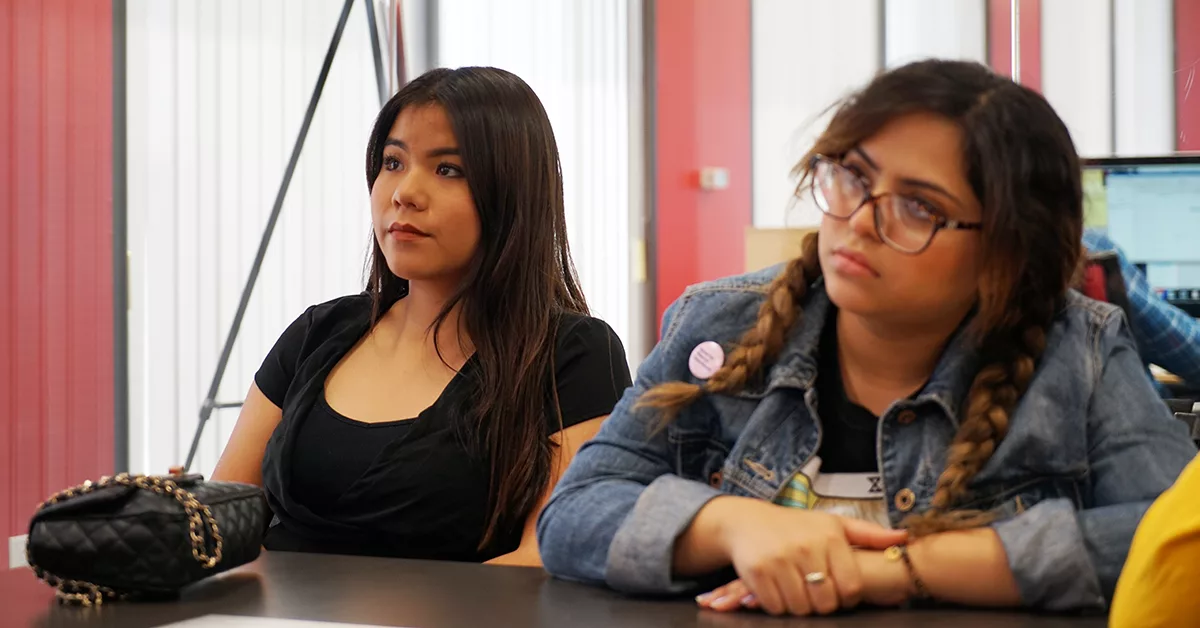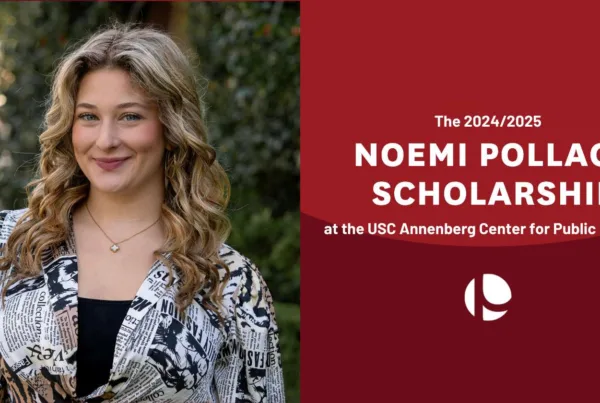By The Pollack Group
By Ashley Lyu
A few weeks ago, The Pollack PR Marketing Group (PPMG) hosted a group of Marketing Management students visiting from CETYS Universidad in Baja California, Mexico. PPMG leaders shared their insights about the state of the industry in the United States and provided an overview of the agency’s approach to PR, audience development, messaging and digital content creation strategies. As the discussion flowed, both groups shared their thoughts on the differences and similarities between the industries in the United States and in Mexico.
1. What once were “nice-to-have” skills, are now becoming basic to the job.
Using data from the 2019 USC Global Communications Report, agency president Stefan Pollack pointed out that while writing skills still remain essential, proficiency in website analytics coupled with digital design tools like Adobe’s Photoshop and After Effects, have become increasingly important to being able to do one’s job.
As media channels and platforms become more diverse, the line between PR and marketing continues to blur. Integrated public relations is unifying all communications elements, from media relations to organic and paid social media advertising, and in doing so, now form a consistent brand message across diverse channels.
PR practitioners and marketers will continue to need excellent writing skills, and now also be fluent in the principles of graphic design and data analytics, with capabilities to deliver the information visually and accurately.
2. It is vital to stay at the edge of change.
When Facebook launched, social media was a relatively brand-new segment for marketing and PR. Today, the majority of CEOs surveyed believe that leveraging social media and influencers are among the most valuable communications strategies available.
Now, with the move into the era of 5G, technical innovations such as augmented reality (AR), virtual reality (VR) and artificial intelligence (AI) are becoming more prevalent components of the PR and marketing mix. At a time where 61 percent of agencies predict a considerable amount of change in the PR industry over the next five years, students need to prepare themselves for these emerging trends, as these areas are already becoming the center of most clients’ attention and budgets.
Fernanda Chin, a CETYS student, recognizes the need to stay alert to industry trends after the meeting. “In our country, we focus mostly on traditional theories [in PR and marketing], but after this wonderful exchange of ideas, I believe we, as students, need to be more aware of what the world needs and evolve correspondingly,” she said.
3: Develop a PR and marketing mindset.
Like many of their peers in the U.S., several of the visiting CETYS students are interested in the fashion and beauty industries, especially social media. In spite of some cultural differences while discussing different types of media strategies and messaging channels, specifically the PESO model approach, both CETYS students and PPMG communicated easily using examples of popular brands such as Glossier.
As Pollack discussed Glossier’s successful strategies, as well as the brand’s owned media elements such as the popular “Into The Gloss” blog and its large share of voice among influencers and users (shared media), CETYS students were intrigued by the innovative thoughts and efforts invested behind products and brands they use.
Living in a world permeated by news, social media posts, YouTube videos and other forms of advertisements, students have numerous opportunities to practice analyzing marketing and PR strategies put forth by successful companies. Besides internship experience and theories learned from school, developing a real-world PR and marketing mindset as an everyday consumer is another good way to prepare students for the professional world.
4: Content is still king.
While drastic changes are happening in the PR and marketing industries, Pollack underlined that it is important not to forget the foundation of all communications strategies: content. In the end, it is the creative storytelling and meaningful, relatable information that can convert and resonate with people. Whether it is through a promotional video, poster or news release, one needs to focus the most on conversations with real everyday people and provide content that informs and ultimately helps potential consumers.
5: It’s a globalized world.
As the world becomes increasingly globalized, many companies are expanding their businesses beyond their country’s borders. PR and marketing professionals need to get a sense of the industry globally, and adjust communications strategies to include diverse cultures and demographics, accordingly.
Margot Figueroa, the professor from CETYS, noted as she reflected on her takeaways from the meeting, “As a teacher, I think this presentation provided my students with a different perspective. With industry insights and statistics from an advanced market like Los Angeles, I now have a better understanding of what we need to focus on to remain competitive.”






